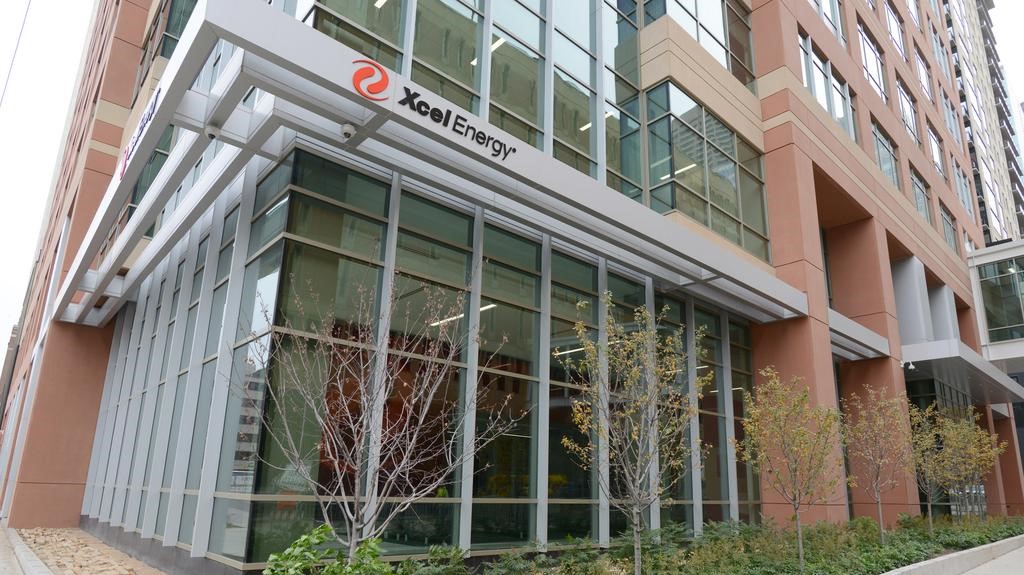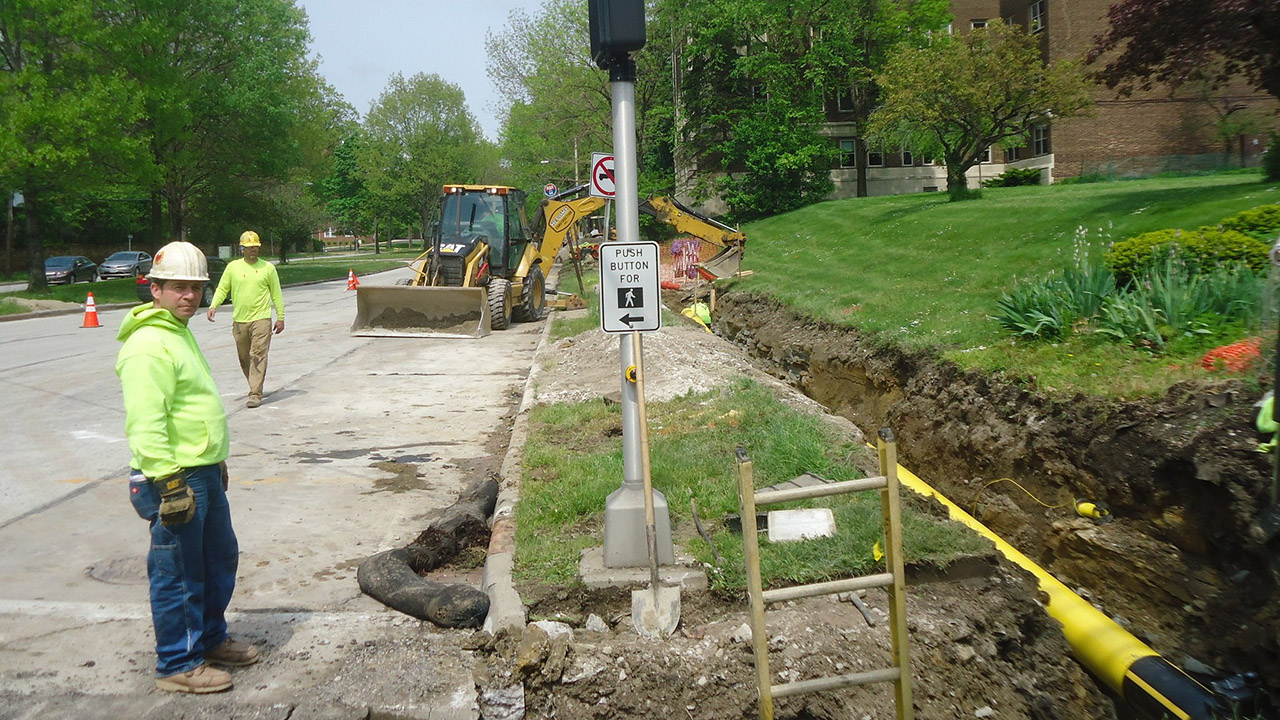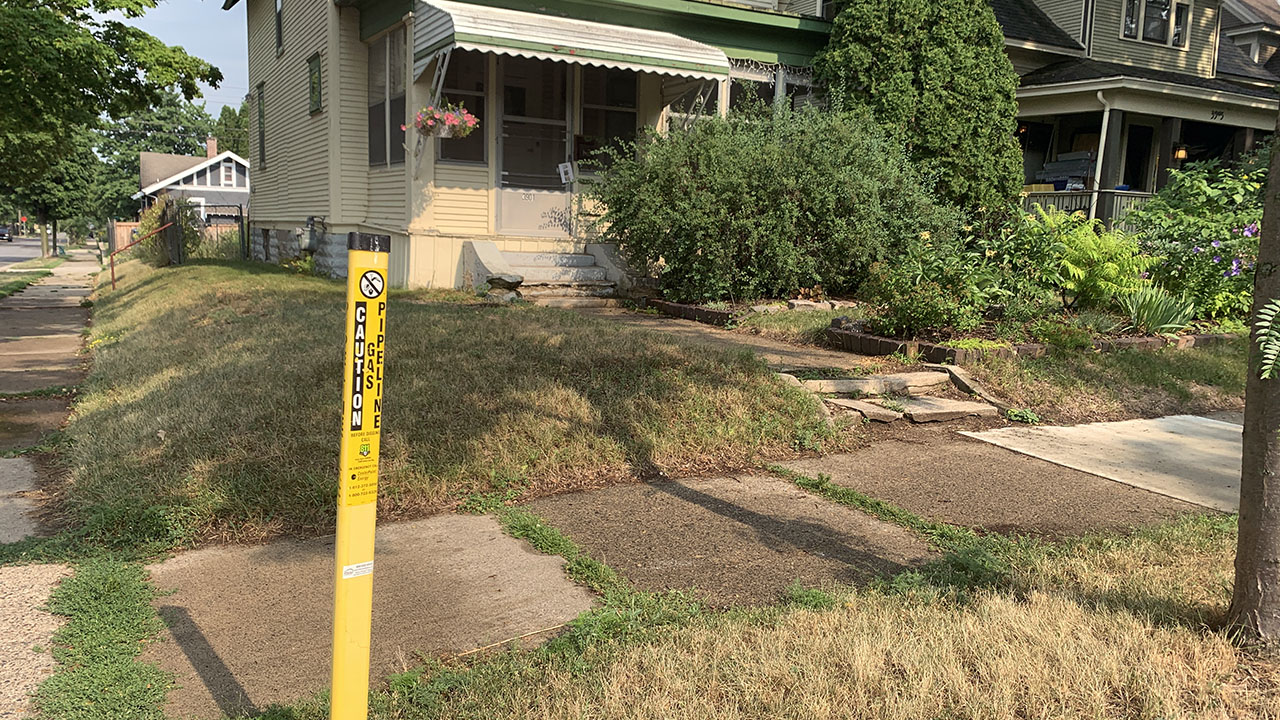
Update: On October 3, 2022, Xcel Energy filed a stipulated settlement with intervenors in this ongoing rate case. As part of the settlement, Xcel agreed to both reduce its free footage extension allowance for residential customers and to file regular reports to the Minnesota Public Utilities Commission about the future of its accelerated infrastructure replacement efforts. Fresh Energy is pleased with this outcome and is looking forward to further engaging on these issues alongside our partners in the broader Future of Gas proceeding (Docket #21-565) at the Commission.
When we talk about utility rate cases, it’s important to both consider how much utility rate changes will impact Minnesotans’ pocketbooks and to understand what exactly Minnesotans are paying for in utility rates. As the climate crisis has worsened, and as the frequency and size of rate increases has accelerated over the past decade, it’s clear we need to pay special attention to how these utility rates are impacting Minnesota’s progress toward our state’s greenhouse gas (GHG) emissions goals and our clean energy future. From community members to policymakers and clean energy advocacy organizations like Fresh Energy, Minnesotans across the state are pushing gas utilities to find their place in Minnesota’s transition toward a just and equitable clean energy future. In this blog, we’ll take a look at Xcel Energy’s latest rate case and what actions Fresh Energy is urging the utility to take.
Xcel Energy provides electricity and gas to cities, townships, unincorporated communities, and wholesale customers across the state of Minnesota. Xcel filed a rate case—the regulatory process that sets the rates a utility is allowed to charge its customers (“ratepayers” in the utility world)—on October 29, 2021. For a refresher on the ins and outs of a rate case proceeding, check out our “What’s up with rate cases? blog. To kick off the rate case proceeding, Fresh Energy and our partners at Minnesota Center for Environmental Advocacy filed written testimony at the Minnesota Public Utilities Commission (PUC) to address two main topics: (1) pumping the brakes on the expansion of the fossil gas, aka natural gas, system, and (2) slowing the accelerated replacement of the gas system. Let’s talk about our recommendations for both!
Hitting the brakes on the expansion of the gas system
The fossil gas distribution system is a network of pipes that crisscross through our cities and neighborhoods, and eventually end up delivering gas into your home, school, workplace. Ever wonder how this fossil gas system grows? It grows via line extension policy—the policy that, as the name would suggest, extends the gas system out to add new customers.
Here’s how line extension policies work. Gas utilities like Xcel Energy allow potential new customers (such as builders of a new housing development) to connect to its system for free, with all other customers covering the costs (the gas main, the service line, and the meter) to add the new customer. These costs are covered up to a certain length of pipe via the “free footage allowance.” For Xcel, the free footage allowance is 100 feet for new gas main extensions and 75 feet for new service line extensions. Historically, the rationale for this line extension policy assumes that the benefits of adding a new customer (i.e., that the customer will be buying gas for decades into the future) to the system outweigh the costs to add that customer over time.

This historical assumption—that it is beneficial to increase the size of the fossil gas system—is now being challenged for two main reasons.
First, the natural gas sector is a significant and growing source of climate-causing emissions in Minnesota. To help curb these emissions, Minnesota law has established goals to reduce these emissions and to reduce the usage of fossil gas. Current line extension policies that are explicitly designed to expand the gas system make it difficult to achieve these goals. That’s why Fresh Energy believes that it makes a lot of sense to eventually eliminate these outdated policies.
Second, line extension policies also pose a growing financial risk for customers in the future. As we move toward more electrified end uses to heat our homes and water and cook our food, we will rely less and less on the fossil gas system as we know it. As this energy transition occurs, it is likely that we will need less and less of the existing gas infrastructure to meet those needs. But since utilities recover assets like pipes over many decades, this transition may occur before the pipes have been paid off. When this happens, the pipe becomes a stranded asset. In the most basic sense, stranded assets can be likened to a bill that could become due in the future—and the more we invest in new infrastructure today, the higher that bill could be one day.
Coupled with Minnesota’s GHG emission reduction goals, the clear links between gas usage in buildings and indoor air quality and health concerns, and state laws like the Natural Gas Innovation Act (NGIA) and the Energy Conservation and Optimization (ECO) Act which have encouraged electrification and fuel switching—the practice of replacing one fuel source with another, Fresh Energy believes that Xcel’s line extension policy is out of step with current state law and policy. Line extension policy places an undue burden on both current and future customers and distorts the true cost of connecting to the gas system by subsidizing it for the gas utilities. In our written testimony at the PUC, Fresh Energy recommended that Xcel begin to implement reductions to its existing line extension allowance policy, which will limit the harm to ratepayers from the continued buildout of the fossil gas system.
Just as we look at slowing the expansion of the fossil gas system in Minnesota, it’s also crucial to keep an eye on how quickly we are replacing existing fossil gas infrastructure—our existing gas system is being replaced at an accelerated rate, and this spending directly impacts rates that customers pay.
Slowing the replacement of Minnesota’s existing fossil gas infrastructure
While it’s critical to ensure we’re not unnecessarily expanding the fossil gas system, it’s also essential that we slow the pace at which we are replacing existing fossil gas infrastructure.
Recently, Xcel (like other utilities across Minnesota) has been increasing, or accelerating, its spending to replace the existing gas infrastructure system. Xcel’s accelerated infrastructure replacement program has driven nearly a decade of rate increases via cost riders, which “ride” on your bill as a line item in addition to the base rate. During a rate case, cost riders are added into the base rate. These cost riders come at an extra cost for customers. Xcel’s rider for accelerated infrastructure replacement is its “Gas Utility Infrastructure Cost” rider, which appears as a line item on your bill.

Xcel first filed a petition to raise its rates to cover the cost of accelerated infrastructure replacement back in 2014. According to those filings, Xcel expects to spend over $600 million on accelerated replacement costs through 2026 and plans to spend around $60 million per year in 2021 and 2022 alone on investments related to accelerated infrastructure replacement. This level of spending on accelerated replacement is significant, exceeding all capital spending included in Xcel’s 2010 rate case.
Utilities have an obligation to provide safe and reliable service to ratepayers. However, making sizeable investments in replacing infrastructure is at odds with a decarbonized future. The arguments against the continuation of this practice mirror the arguments we made against continued line extension allowances: Increasing spending on replacements runs counter to meeting our climate goals and creates a larger risk of stranded assets in the future. To that end, we filed testimony that recommends that Xcel file its plan to wind down or end its accelerated infrastructure program, much like it has done recently in Colorado, and to present analysis in future proceedings about evaluating alternatives to replacing an aging gas pipe with a brand new gas pipe.
What’s next?
While there are many elements of our future energy systems that no one can precisely outline, one thing is clear: The future of the fossil gas system will be shaped by the decisions made in proceedings like this Xcel Energy rate case. Decisions about spending and customer rates must be informed by state policy and emissions reduction goals and made with community health, input, and safety top of mind.
Fresh Energy’s recommendations in our written testimony at the PUC will ensure that Xcel is able to appropriately prepare for the future energy system in Minnesota that we are actively building alongside utilities, customers, businesses, and Minnesotans of all stripes. A rate case provides regulators, organizations like Fresh Energy, and all Minnesotans a unique window into the inner workings of a utility, and we were pleased to have the opportunity to engage in Xcel’s case. Stay tuned for updates in this rate case as we break down more crucial steps we can take together to reduce carbon emissions in Minnesota.

